Germany Immersion Trip
A total of 17 undergraduates participated in Germany Immersion Trip 2019. It had been a most gratifying experience for the students as they spent three weeks immersing themselves in the academic culture and soaking in the historic and splendorous landscape. Let’s hear what some of them have to say!
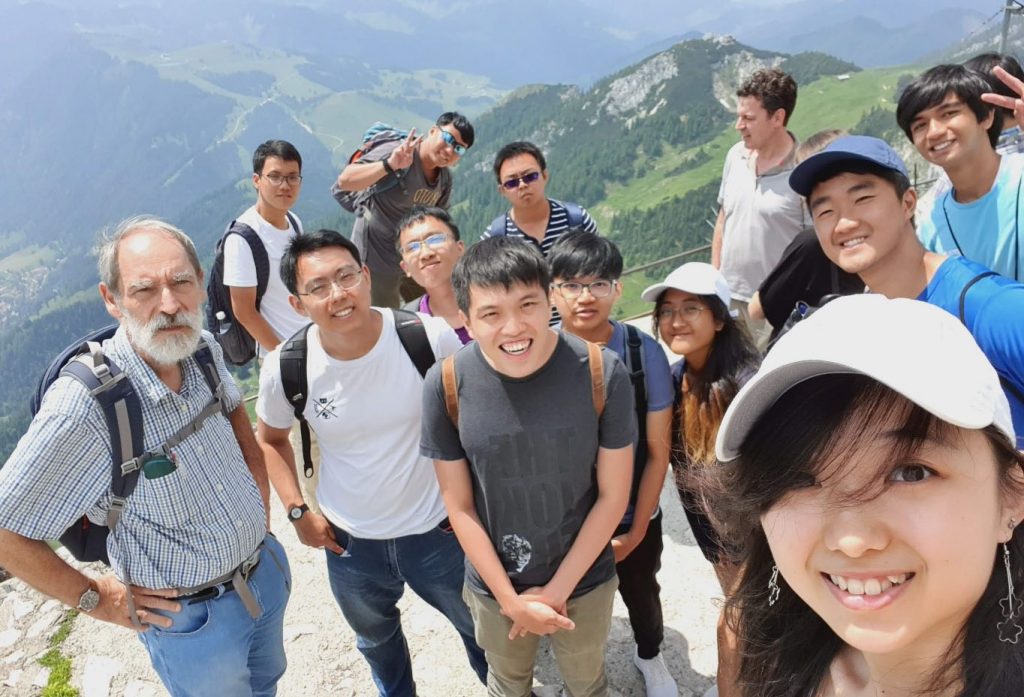
In the three-week trip to Germany (Munich and Gottingen), our group of 17 physics majors visited numerous research labs to learn about the vast range of fields studied in the local universities. I was most impressed by the impactful research Germans do while still maintaining a healthy work-life balance. Apart from physics, we were also awestruck by the beautiful landscape and architecture of the old and new—from Neuschwanstein Castle to Wendelstein Observatory. As a group with a plethora of personalities, daily interactions also imparted us with valuable social skills.
Chan Si Min
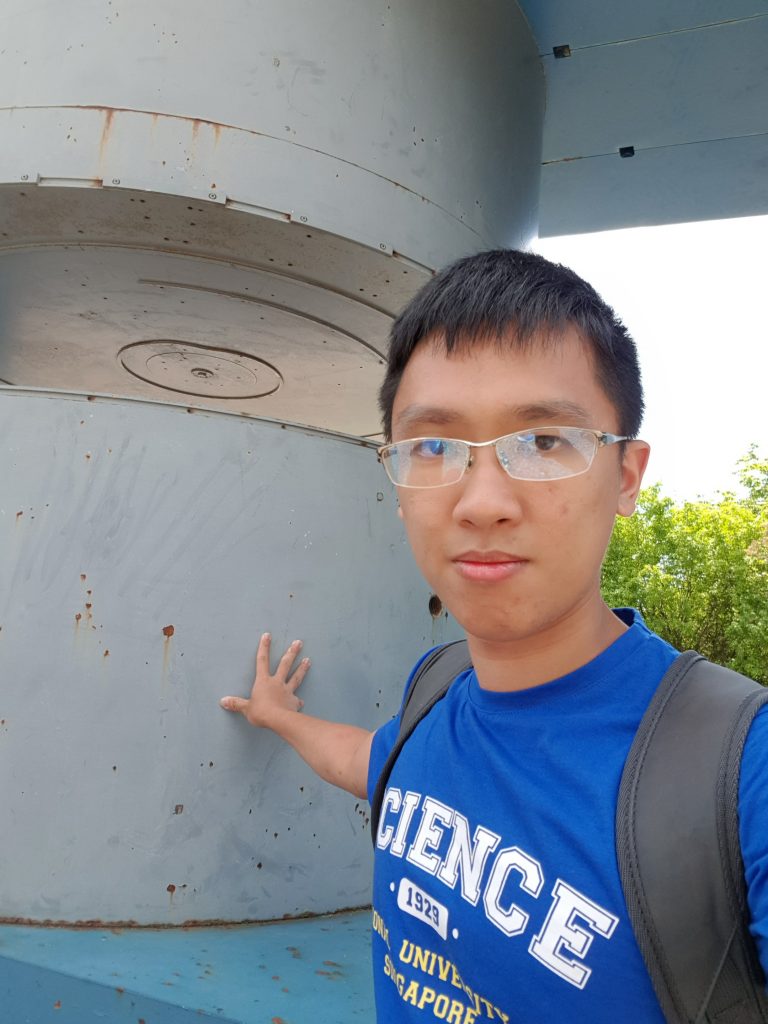
The Germany Immersion Trip was a truly eye-opening experience for me. During the trip, we visited many research institutions and facilities. We had the opportunity to interact with the researchers there, or see first-hand the fancy equipment used in large-scale experiments. I gained a better understanding of the research culture in Germany and the diversity of their research (fields like astrophysics and nuclear physics spring to mind) was impressive.
Jonah Huang
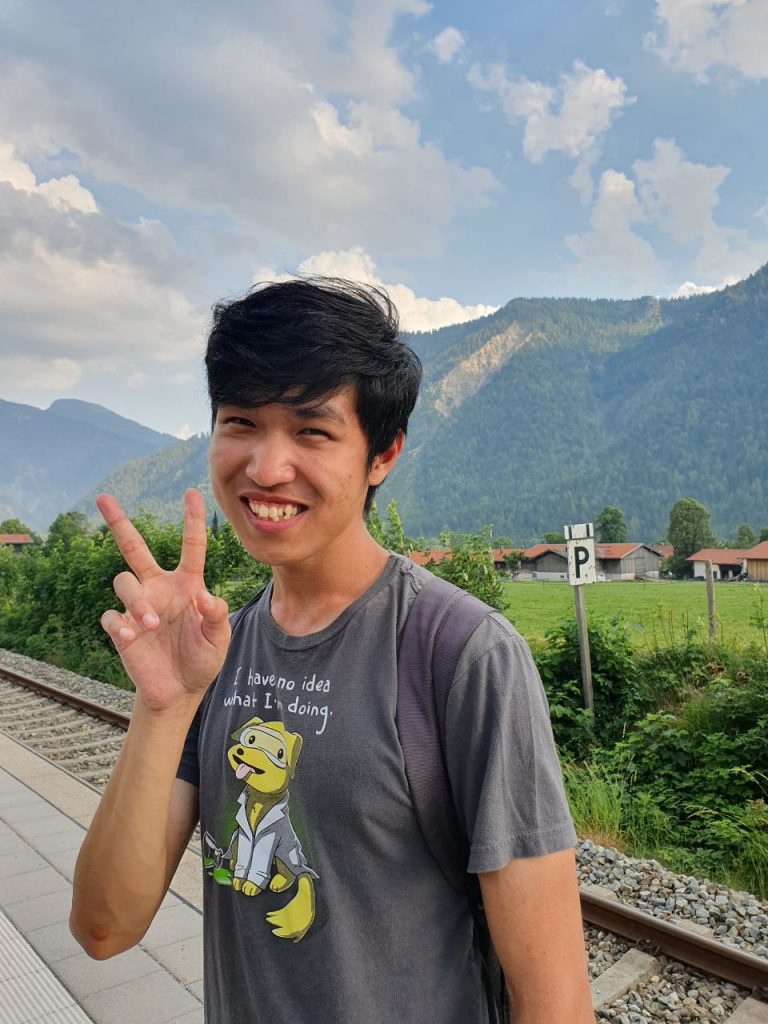
The Germany Immersion Trip was definitely a memorable overseas experience I have had as an undergraduate. Through the programme, I got to witness first-hand a lot of cutting edge research being done in basic science. For instance, I was able to enter a laboratory where the scientists have created the conditions for the coldest place in the universe—about a few micro Kelvins in temperature. Also, we were fortunate enough to have visited the world’s best reactor for neutron source, the FRM II, where a plethora of research related to the use of neutrons is ongoing and very promising. I was thoroughly inspired to carry on with my journey in Physics. I would definitely recommend GIT to anyone who is interested in experiencing an overseas culture of research!
Mccoy Lim
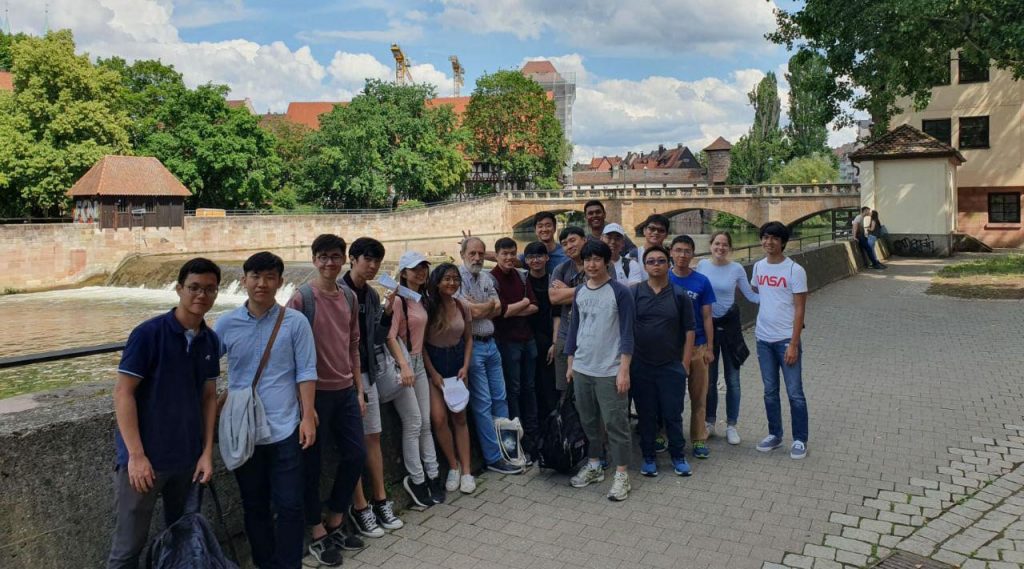
After spending three weeks in Germany, I had a new found appreciation for the country. The nation steeped in history has built up a culture of taking pride in the work that they do, adequately demonstrated through our tours at the universities and the local monuments. The Germans’ care for their environment is evident not only at the local supermarkets where plastic bags are absent but deeply engrained in their mind. Apart from this, the festivity that we experienced was also admirable. It seems that Germans will take every opportunity to have a couple of beers and a great time with their loved ones. All in all, the country embodies the phrase “work hard, play hard”.
Lai Mingrui
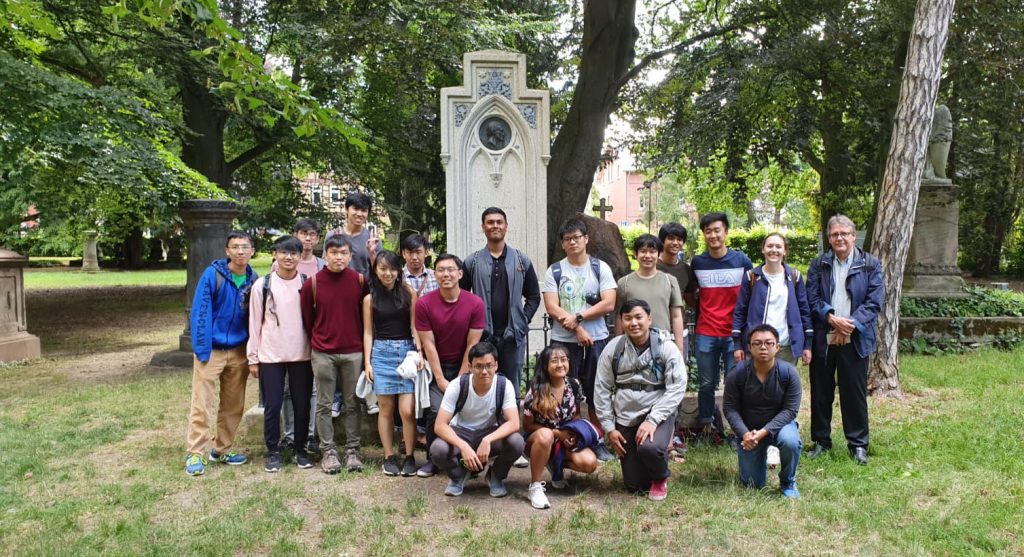
GIT 2019 was 50% physics, 50% history, and 100% worthwhile. We visited and saw that there are facilities for researching all aspects of physics, be it astrophysics, plasma, or even biophysics. They encourage foreign students to go over and further their studies, regardless of specialisation.Furthermore, the touring of historical landmarks gave context as to why Germany supports higher education and research. I recommend GIT for anyone who has free time over the summer break and is considering studying abroad in future.
Yee Ming Feng
